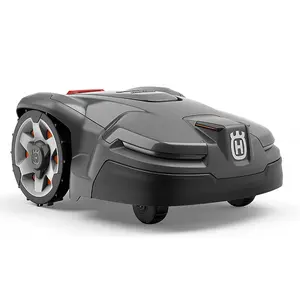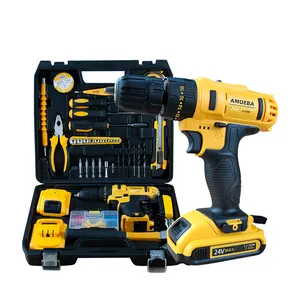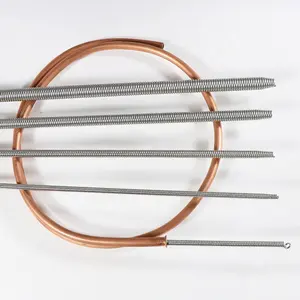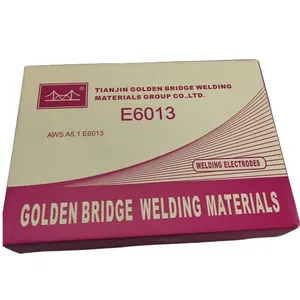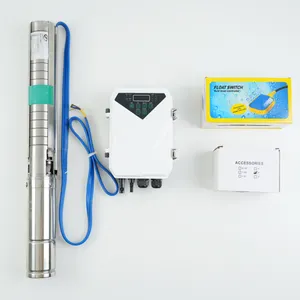Popular in your industry
































































Top categories
About drill bit flat head
Introduction
Success in DIY projects often depends on the tools at your disposal. One such indispensable tool is the flat head drill bit, renowned for its precision and ability to create flat-bottom holes. This article will provide a comprehensive overview of the flat head drill bit, including its types, selection process, usage, safety tips, and maintenance. We will also explore how this tool can significantly improve your DIY projects.
Understanding the Flat Head Drill Bit
Flat head drill bits, also known as flat bottom drill bits, are precision tools designed for creating flat-bottom holes. They enhance tool life and reduce the need for multiple passes, making them perfect for minimizing burrs at the hole’s exit and leaving a smooth finish. Their unique design allows them to cut through materials at an angle, producing clean and precise holes without causing damage or deformation, even on thin plates.
Types of Flat Head Drill Bits
Flat bottom boring bits, similar to counterbores but without a center drill, are designed to drill flat bottom blind holes for applications like European style hinges. They are also used for drilling large diameter through-holes without the plug typical of a hole saw. The cutting tip of a flat bottom boring drill consists of one or more flat blades extending from the center to the outer edge. Bits with spurs on the outer edge prevent chipping and splintering on wood or laminated surfaces. Most large flat bottom boring bits have a fixed size hexagonal shank.
Selecting the Right Flat Head Drill Bit for Your Project
The right flat head drill bit can make a significant difference in your project. The bit size should fill the screw head entirely. A bit that is too big or too small will not seat properly, leading to a stripped screw. By selecting the correct screwdriver bit, pre-drilling a pilot hole, and applying the correct speed and pressure to your drill, you can avoid stripped screws, broken bits, and damaged work surfaces.
Effective Use of a Flat Head Drill Bit
Flat head drill bits, also known as slotted screwdriver bits, are versatile tools in woodworking and furniture repair. They are designed to fit into a corresponding slot on the screw head. The key to using a flat head drill bit effectively is ensuring a snug fit into the screw head, with little to no wiggle room. These bits are also useful for removing screws with damaged or stripped heads.
Safety Tips for Using Flat Head Drill Bits
Safety is paramount when using flat head drill bits. Always wear personal protective equipment (PPE) like safety goggles and respirators when necessary. Avoid wearing gloves when operating machines with exposed, rotating parts to prevent severe injuries. Inspect your workpiece before drilling to avoid hitting unexpected objects that can cause kickback. Always use drill bits in good condition and double-check speed, torque, and hammer settings. A controlled feed rate can prevent overheating and improve operator control over the drill.
Enhancing Your DIY Projects: Case Studies
Spade or paddle bits, a type of flat head drill bit, are versatile tools for DIY projects. They are ideal for drilling larger holes in materials like wood and plywood. For instance, when drilling a ¼” hole, a spade bit can result in a cleaner hole compared to a twist bit. However, they should not be used for drilling angled holes or through unique materials like metal or concrete. Also, they are not suitable for enlarging existing holes. Understanding and using these bits can provide more flexibility in executing your DIY projects.
Maintaining Your Flat Head Drill Bits
Regular sharpening is crucial to maintaining your flat head drill bits in optimal condition. Sharpening can be done by hand using a belt sander or bench grinder. This delicate process involves shaping the lip, land, and chisel of the bit. However, be cautious as the procedure can heat up the drill bit face. It's recommended to have a cup of cool water nearby to dip the tip of the drill bit into to cool it off. Remember, practice and patience are key to mastering this skill.
Conclusion
The flat head drill bit is an essential tool for any DIY enthusiast. Its unique design and versatility make it ideal for creating precise, flat-bottom holes, minimizing burrs, and leaving a smooth finish. Choosing the right bit for your project, using it effectively, and adhering to safety guidelines can significantly enhance your DIY experience. Moreover, regular maintenance, including sharpening, can extend the life of your drill bits. By understanding and harnessing the power of the flat head drill bit, you can truly enhance your DIY projects, making them more efficient and enjoyable.
